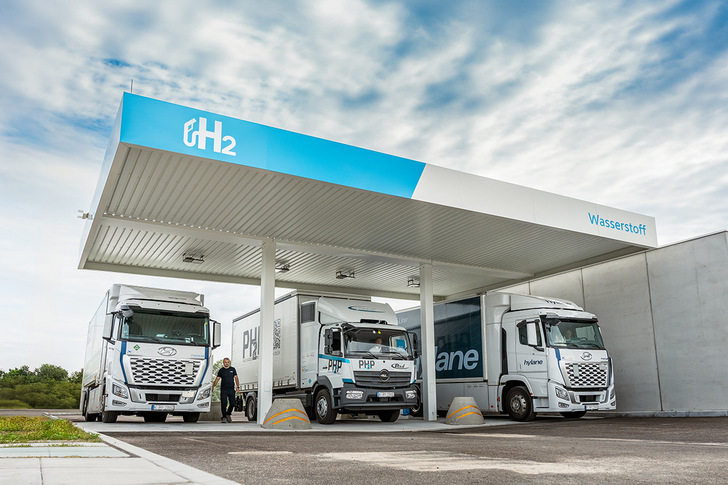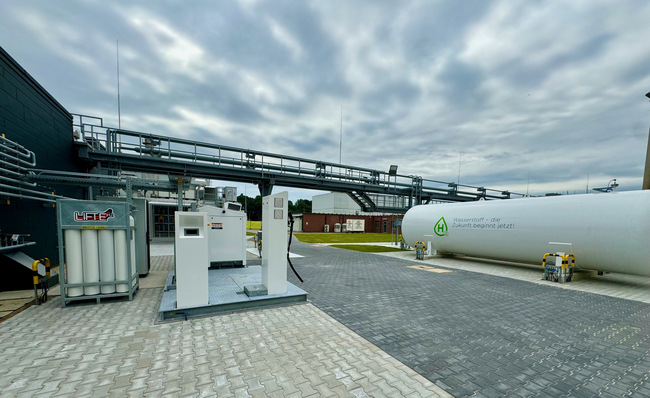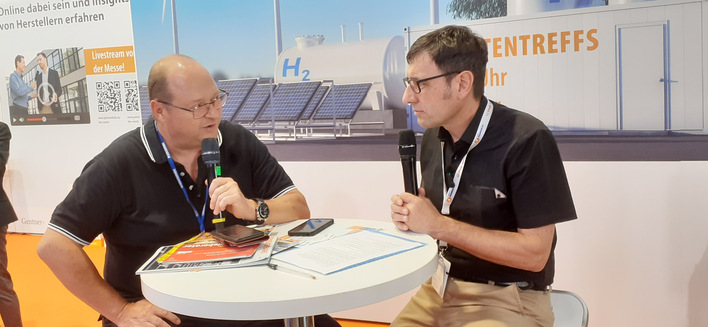The establishment of 350-bar refueling options at H2 Mobility stations is showing clear effects, according to the company’s press release. The move toward 350-bar represents a historic turning point in refueling behavior at H2 Mobility sites.
The trend underscores the market shift toward utility vehicles, particularly buses and trucks. Notably, while total volume increased, the number of transactions declined. The reason is a higher average usage by vehicles with larger tank volumes—especially in the utility and heavy-duty segments.
“The numbers speak for themselves: our investments in 350-bar infrastructure are paying off. The heavy-duty sector is becoming a key driver of hydrogen mobility,” said Martin Jüngel, Managing Director and CFO of H2 Mobility. “For us, this is a strong signal to continue on our current path and further tailor our network to the needs of buses and trucks. The German federal government’s commitment to supporting hydrogen infrastructure for commercial vehicles in the coalition agreement is a strong political signal”
Many companies in Germany are already using hydrogen trucks in regular operations, including the Hyundai XCient Fuel Cell. Flexible leasing models, like those offered by Cologne-based hylane, are common. Other suppliers such as Paul Nutzfahrzeuge also offer serial production, subsidized hydrogen trucks for purchase or lease, including the PH2P Truck model.
H2 Mobility intends to continue investing in powerful refueling solutions to meet growing demand and actively drive the transformation of the transport sector. The company aims to switch entirely to renewable hydrogen by 2028.
Founded in 2015 as a project company to promote hydrogen as a zero-emission fuel for road transport, H2 Mobility transitioned into a commercially focused, long-term operation in 2022. Today, it is a pioneer in developing public hydrogen refueling infrastructure and is Europe’s largest operator of hydrogen refueling stations.








